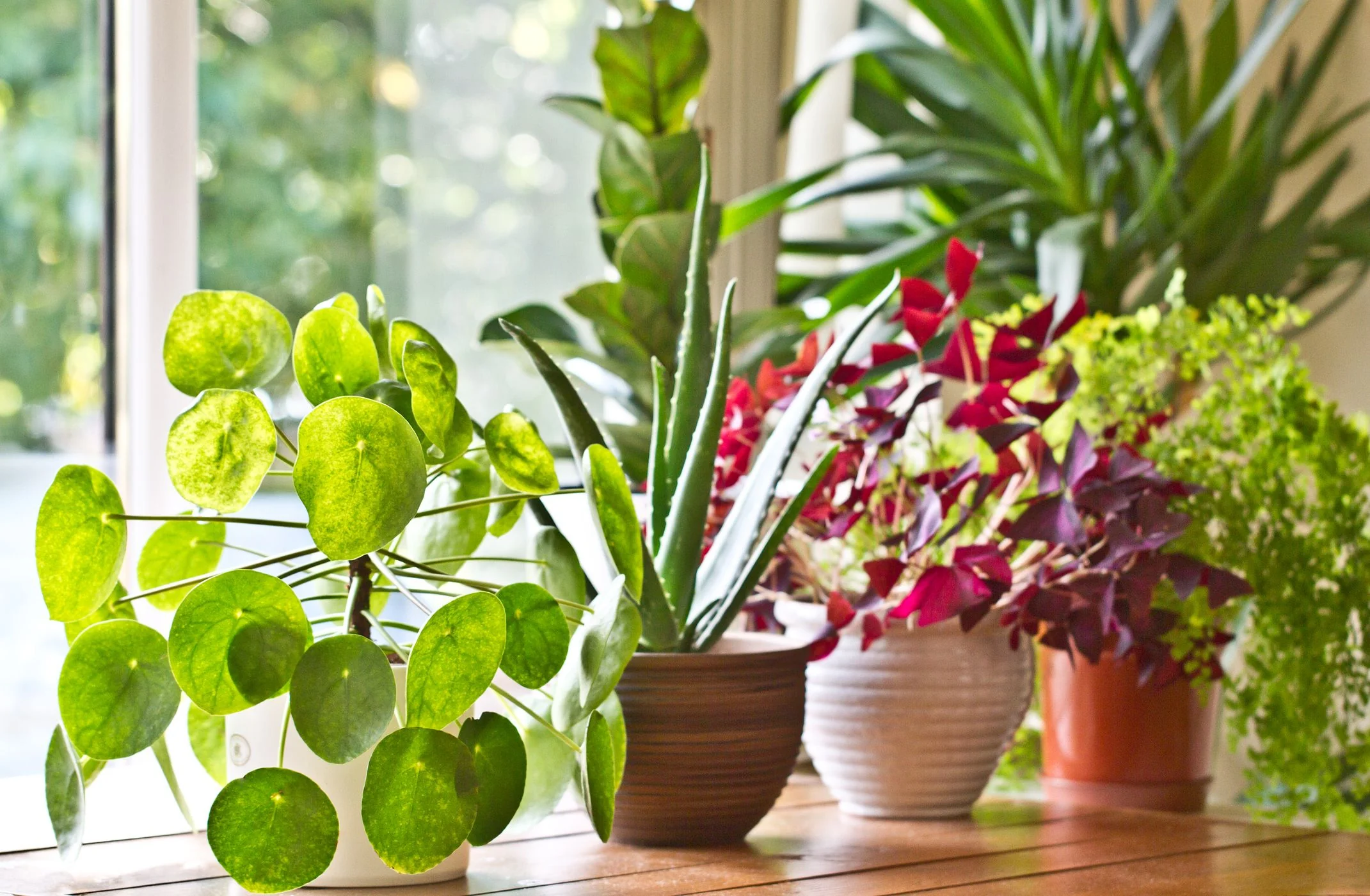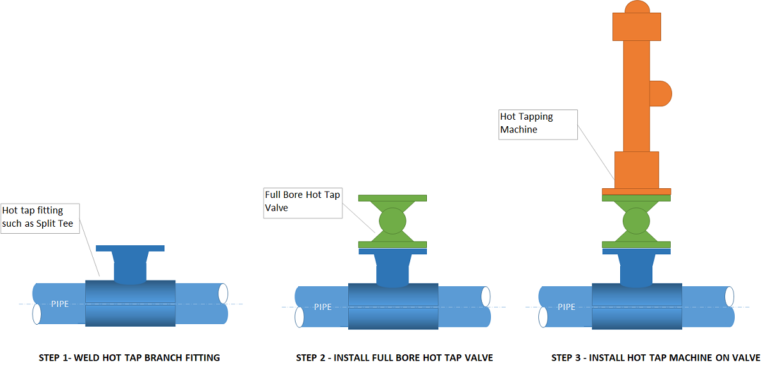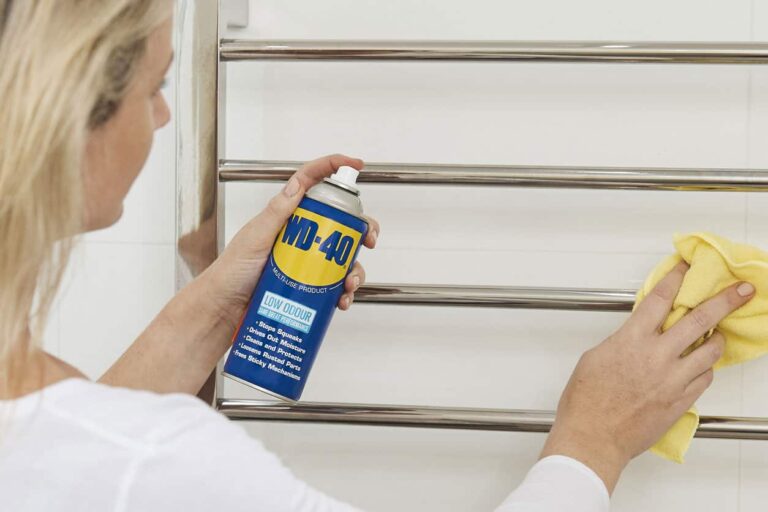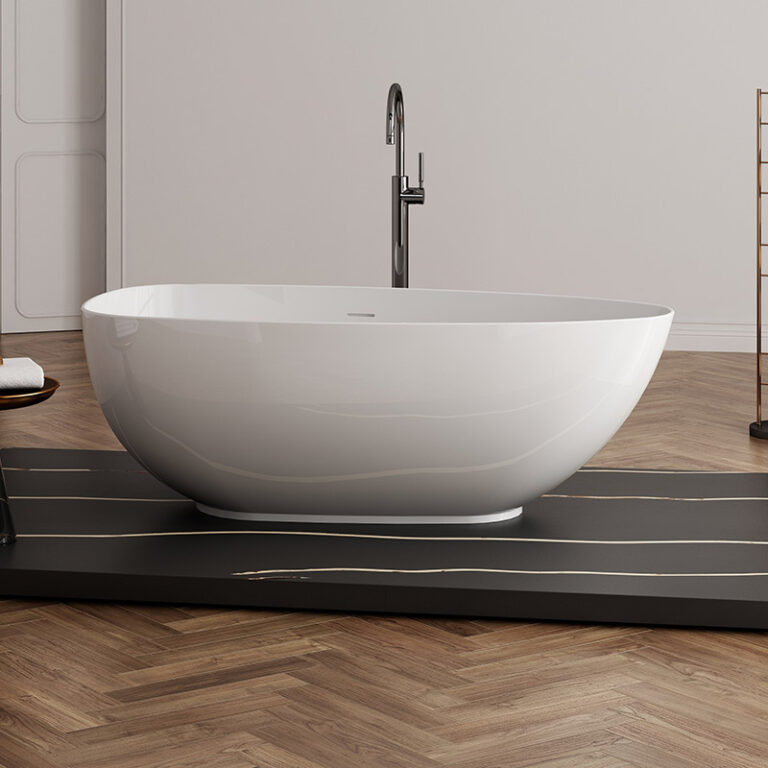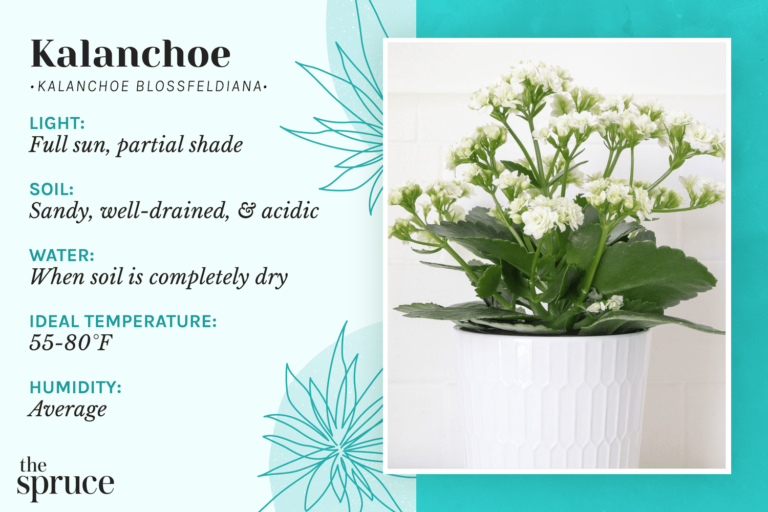Which Plant Is Best To Grow In House?
If you’re looking to add some greenery to your home, the best plant to grow in your house is one that will thrive in the environment you have to offer. Different plants require different levels of light, water, and care, so it’s important to choose a plant that is suited to the conditions in your home. Some popular plants to consider include philodendrons, aloe vera, peace lilies, snake plants, and spider plants. With the proper care and attention, all of these will bring some life to your home and help purify the air.
Advantages of Growing Plants Indoors
Growing plants indoors can have a multitude of benefits, from providing cleaner air to reducing stress levels. Indoor plants can give you something to nurture and care for, which can be a great way to de-stress and relax. In addition, plants can also add a touch of beauty to any room in your house. Growing plants indoors can be an easy and rewarding way to bring life and color into your home.
Not only are indoor plants aesthetically pleasing but they provide numerous health benefits as well. Indoor plants can help to reduce air pollution, filter toxins from the air, and even reduce stress levels. Additionally, plants can provide a sense of calm and well-being, making them great for homes with children or pets.
Indoor plants can also give you a sense of accomplishment. They are easy to care for and their growth can be quite rewarding. Watching plants grow can be a great way to pass the time and stay productive.
For those of us who are busy, growing plants indoors can be a great way to make time for yourself. Caring for plants can be a great way to take a break from the stress of daily life. It can help to bring some peace and relaxation into your life.
Choosing the right plant to grow indoors is important. Different plants have different needs and requirements, so be sure to research and choose a plant that fits your lifestyle. With the proper care, you can create a beautiful and healthy indoor garden that will bring life into your home.
Types of Plants Easily Grown Indoors
Houseplants are a great way to bring nature into your interior space. Many types of plants can be easily grown indoors, depending on the amount of light and care they require. Some of the most popular houseplants include succulents, African violets, ferns, spider plants, rubber plants, aloe vera, and peace lilies. Each of these plants has its benefits and can add a touch of green to your home.
Succulents are some of the most popular houseplants, as they require very little water and can survive in bright rooms with plenty of indirect light. African violets are also popular, as they are easy to care for and have beautiful blooms. Ferns are a great way to add a touch of nature to your home, and they thrive in medium to low light. Spider plants are an excellent choice for those looking for a low-maintenance plant, as they can survive in medium light and require very little water. Rubber plants are also a great option, as they are incredibly hardy and require little care.
Aloe vera is another popular houseplant, as it is known for its healing properties and can thrive in a bright spot with plenty of indirect light. Peace lilies are another popular option, as they have beautiful white flowers and prefer medium to low light.
No matter your preference, many types of plants can be easily grown indoors. Depending on the amount of light and care they require, you can choose from a variety of different plants to bring a touch of nature into your home.
How to Select a Plant for Your Home
Finding the right plant for your home can be a difficult task, but with some knowledge and effort, it can be an enjoyable process. There are a variety of factors to consider when selecting a plant, such as the amount of sunlight and water it needs, the size of the pot, and the type of soil it requires. Additionally, it is important to consider how much maintenance the plant requires, as well as how it will fit in with the décor of your home.
To ensure the best fit for your home, consider any lifestyle factors that may be at play. For instance, if you lead a busy lifestyle, a low-maintenance plant like a peace lily or snake plant would be ideal. On the other hand, if you enjoy gardening, you may want to opt for a more challenging plant, such as an orchid or rose. Additionally, take into account the size of the space you have and the amount of sunlight it receives, as certain plants require more sunlight than others.
Once you’ve narrowed down the type of plant, it is time to select the best one for your home. Look for plants that have healthy leaves and stems, and inspect the roots carefully. Make sure the plant is free of diseases and pests, and check that the pot it is in is suitable for the size of the plant. Finally, take into account the cost of the plant, and be sure to factor in the cost of supplies, such as fertilizer, soil, and potting mix.
Growing Plants in Your Home
Growing plants in your home can provide numerous health and environmental benefits. From improving air quality to reducing stress levels, plants can help improve your overall well-being. Not only do they look great, but they also help create a calming atmosphere. Here are some of the many benefits of growing plants in your home:
Air Quality: Plants help filter and purify the air by removing pollutants and harmful chemicals. Studies have shown that plants can reduce the amount of airborne dust particles, carbon monoxide, and formaldehyde, making for a healthier environment.
Mental Health: Plants have been shown to reduce stress levels and improve moods. They can also help reduce symptoms of depression and anxiety.
Energy Conservation: Plants can help reduce energy consumption by providing natural insulation and absorbing extra heat.
Decoration: Plants can enhance the look of any room. Not only do they bring a sense of peace and tranquility to your home, but they can also be used to create unique and beautiful décor.
No matter what type of plants you choose to grow in your home, you can be sure to reap the many benefits that come with it. From improved air quality to a better sense of mental health, growing plants in your home is worth the effort.

Tips for Growing Plants Indoors
Growing plants indoors is a great way to bring color, texture, and life to any space. It’s not as challenging as one might think and can be just as rewarding as growing plants outdoors. Whether you’re looking to spruce up your home or office, here are some tips on which plants are best to grow indoors and how to care for them.
When it comes to what types of plants you can grow indoors, the options are nearly endless. Consider what kind of light your space has and how much effort you’re willing to put into caring for the plants. Low-light plants such as Chinese evergreen, pothos, and snake plants are great for beginners. Succulents and cacti require little maintenance and can thrive in bright light.
Make sure to give each plant enough space to grow and don’t be afraid to experiment with different containers and soils. Choose a soil mix that is specific to the type of plant you’re growing and check the label for any additional instructions. Additionally, make sure the pot has proper drainage and use a watering can or spray bottle to give the plants the right amount of water.
When it comes to keeping indoor plants healthy, regular pruning and fertilizing are key. Prune the plants to promote new growth and remove any dead leaves. Fertilize the soil every few months to provide essential nutrients and minerals. Other than that, be sure to keep the plants in an area with good air circulation and away from drafts.
By following these tips, you’ll be well on your way to creating a thriving indoor garden. With the right combination of plants, soil, and care, you can bring nature into your home and enjoy the beauty of living plants.
Challenges of Growing Plants Indoors
Growing plants indoors can be both rewarding and challenging. Depending on the type of plant, you may need to provide specific care, such as humidity, light, temperature, and soil conditions. Many people struggle with the right balance of light and water, which can lead to poor growth and even plant death. Furthermore, some plants may require more frequent watering than others, or may not be able to survive in indoor temperatures. Additionally, some plants can be toxic to pets or humans, so it is important to research the type of plant before bringing it indoors. All of these factors must be taken into consideration when choosing the best plants to grow in your home. With proper research and care, however, you can create a beautiful and lush indoor garden that will provide joy for years.
Ways to Combat Common Indoor Plant Problems
Adding houseplants to your home can be a great way to bring a little bit of nature inside. But like all living things, plants are prone to certain problems. From pests to inadequate lighting, these issues can quickly put a damper on your gardening endeavors. Fortunately, there are several ways to combat common indoor plant problems.
To start, it’s important to choose the right plant for your home. Plants with low light and water requirements can be a great choice for homes with limited space and resources. Consider spider plants, pothos, and aloe, all of which are easy to maintain and can survive in a variety of conditions.
Regular inspection is also key to ensuring your plants are healthy. Look for signs of pests like aphids or mealybugs. If you spot any, you can use a mild insecticide to get rid of them. Additionally, you should check your plants’ leaves and stems for signs of discoloration or wilting. This could indicate a nutrient deficiency.
Finally, don’t forget to provide your plants with adequate light. Most houseplants need at least 4-6 hours of direct sunlight each day. If your home doesn’t get enough natural light, you can use a grow light to supplement. With the right setup, you can easily create a thriving indoor garden.
By taking the time to select the right plants and creating a suitable environment, you can ensure your indoor plants stay healthy and happy. With just a few simple steps, you can enjoy the beauty and benefits of houseplants without the added stress.
Resources for Further Information on Growing Plants Indoors
It can be hard to know where to start when it comes to growing plants indoors. Thankfully, there are plenty of resources available to help you determine which plants are best for your space and which ones are the easiest to grow. From books and magazines to online resources, there’s something to suit every skill level and preference.
For the beginner, books about houseplant care are a great way to get up to speed on the basics. From identifying the right plant for your climate to understanding the best soil and light conditions for each species, these books provide detailed guidance and advice. Magazines like Better Homes and Gardens and House Beautiful also feature sections devoted to indoor gardening.
For the more advanced grower, websites like Gardenista and Plant Society provide access to expert advice and resources. Here you’ll find tips on watering, fertilizing, and pest control as well as specific recommendations for plants that thrive in your environment. Shopping sites like Etsy and Amazon also have a wide variety of houseplants available for purchase.
Finally, social media sites like Pinterest and Instagram are a great resource for inspiration and ideas. Users post pictures of their houseplant collections and offer advice on how to care for the various species. There are also numerous plant-specific hashtags to follow and groups dedicated to houseplant care.
Whether you’re just starting or looking for ways to expand your knowledge, there’s something for everyone when it comes to growing plants indoors. With the right resources and guidance, you’ll be able to choose the best plants for your home and learn how to care for them properly.
FAQs About the Which Plant Is Best To Grow In House?
1. What type of plant is best to grow in my home?
The best type of plant to grow in your home depends on your available light and the size of the space. Some popular choices include spider plants, philodendrons, aloe vera, peace lilies, and Chinese evergreens.
2. How much light do houseplants need?
Most houseplants need indirect sunlight to thrive. If you do not have access to natural light, you can use artificial lighting. Make sure to research the specific plant you are growing to determine the specific light requirements.
3. What other care do house plants need?
In addition to light, most house plants need regular watering, fertilizing, and pruning. Make sure to research the specific care needs of the plant you are growing to keep it healthy and thriving.
Conclusion
It depends on the individual’s preferences and lifestyle. Some people might find a low-maintenance plant like a succulent to be the best choice, while others may prefer a more vibrant and colorful houseplant like an orchid. Ultimately, the best houseplant to grow is the one that will bring the most enjoyment and will fit into the lifestyle of the individual.
